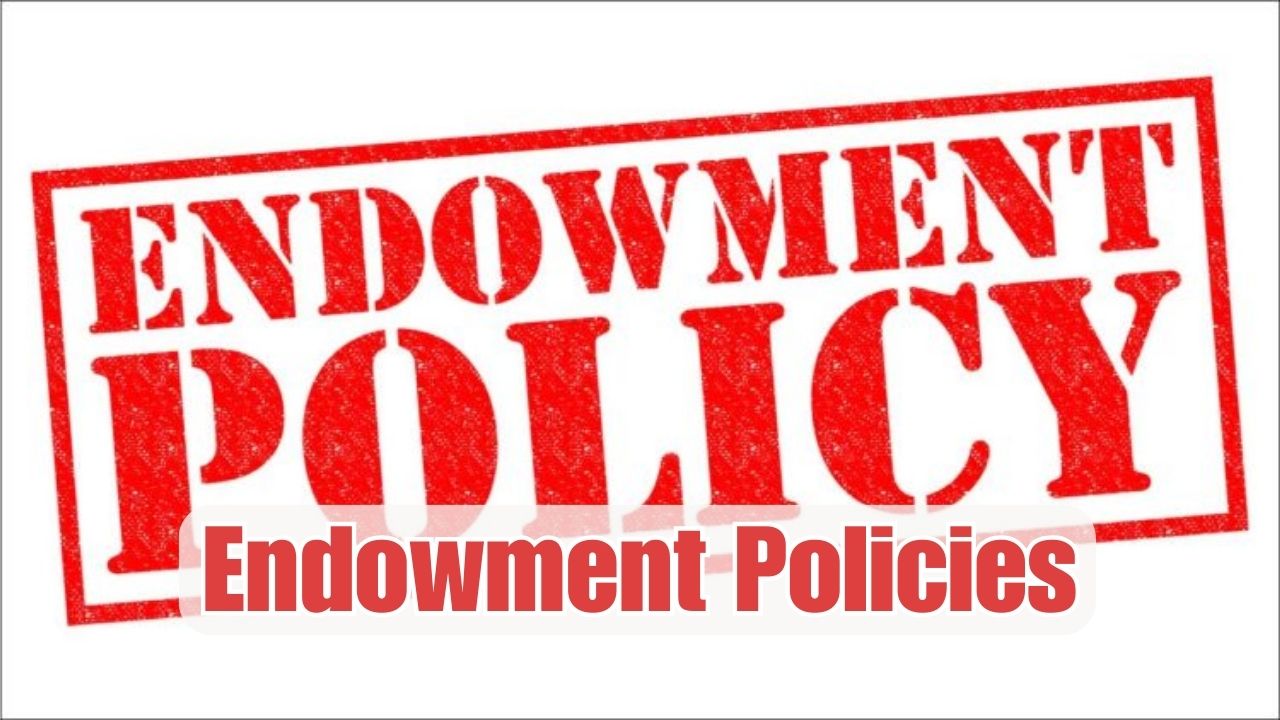Endowment policies are a form of life insurance that offers both protection and savings benefits. They provide a combination of insurance coverage and a savings plan, offering a lump sum payout either upon maturity or in the event of the policyholder’s death, whichever occurs first. These policies are designed to secure financial stability for the policyholder or their beneficiaries. Let’s delve deeper into what endowment policies entail and how they work.
What is an Endowment Policy?
An endowment policy is a type of life insurance contract that provides a guaranteed payout to the policyholder after a specific period or upon the insured individual’s demise, whichever happens earlier. This financial product serves a dual purpose, combining life insurance coverage with a savings or investment component. The policyholder pays regular premiums over a predetermined period, and upon maturity or death, the policy pays out a lump sum amount.
How Endowment Policies Work:
When an individual purchases an endowment policy, they agree to pay premiums at regular intervals, typically monthly or annually, throughout the policy’s term. Part of the premium goes towards the life insurance coverage, while the remainder is invested by the insurance company. The invested amount accumulates over time, generating returns or bonuses. Upon maturity of the policy or in case of the insured person’s death during the policy term, the beneficiary receives the accumulated lump sum amount, which includes the sum assured and any bonuses earned.
Key Features of Endowment Policies:
- Savings Component: Endowment policies offer a savings or investment feature where a portion of the premium is invested by the insurer to accumulate a corpus over time.
- Maturity Benefit: If the policyholder survives the policy term, they receive the maturity amount, which includes the sum assured along with bonuses or investment returns.
- Death Benefit: In the unfortunate event of the policyholder’s demise during the policy term, the nominee or beneficiary receives the death benefit, providing financial security to the insured person’s dependents.
- Tax Benefits: Endowment policies often provide tax advantages on the premiums paid and the maturity proceeds, subject to prevailing tax laws.
FAQs About Endowment Policies:
Q1: Who should consider purchasing an endowment policy?
A: Endowment policies are suitable for individuals looking for a combination of life insurance coverage and a savings plan. They can be beneficial for those aiming to secure financial goals or provide for their dependents in case of unforeseen circumstances.
Q2: What is the ideal policy term for an endowment policy?
A: The policy term can vary based on individual financial objectives. It’s essential to align the policy term with specific financial goals such as education funding, buying a house, or retirement planning.
Q3: Can one withdraw money from an endowment policy before maturity?
A: Some endowment policies offer a surrender value, allowing policyholders to surrender the policy and receive a certain amount if they choose to discontinue the policy before maturity. However, surrendering early may result in reduced returns.
Conclusion:
Endowment policies offer a unique blend of insurance coverage and savings/investment opportunities. They serve as a versatile financial tool that can cater to long-term financial planning while providing protection to the policyholder’s loved ones. Understanding the nuances of these policies can assist individuals in making informed decisions to meet their financial objectives effectively.
